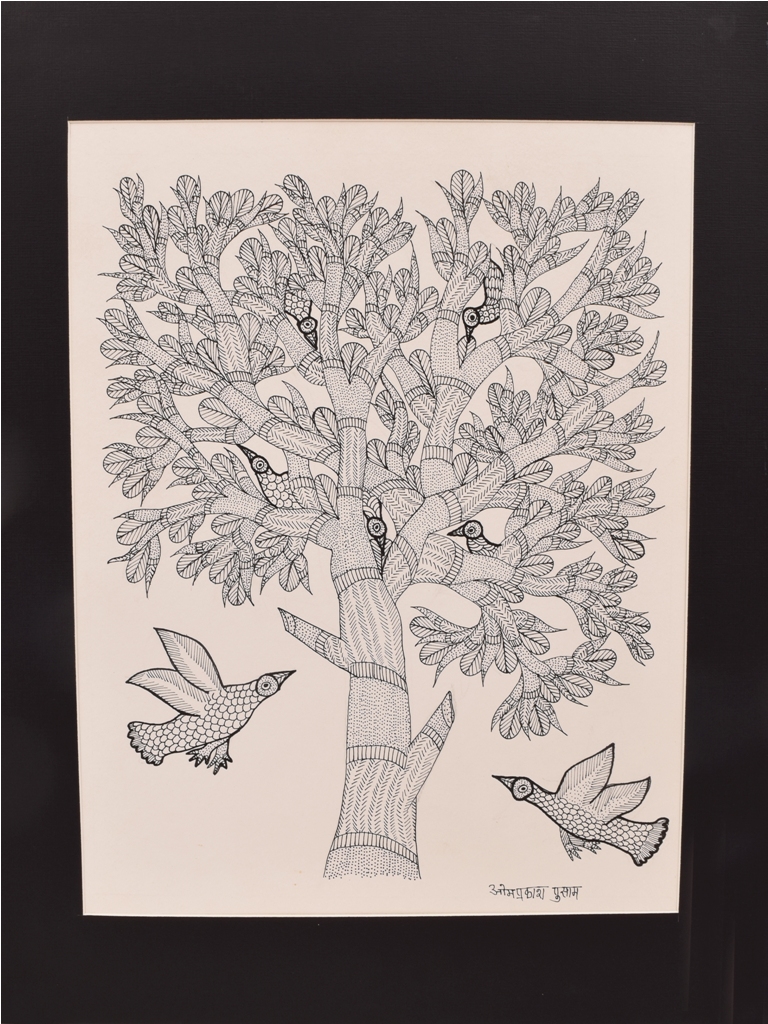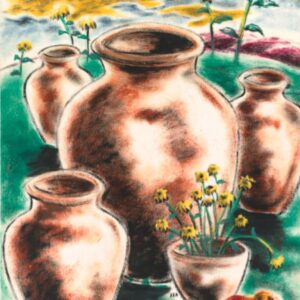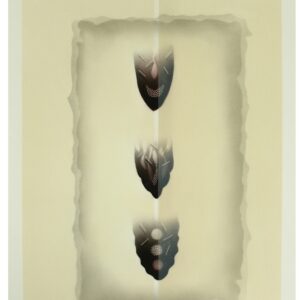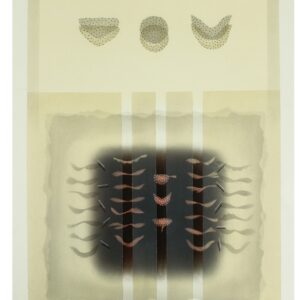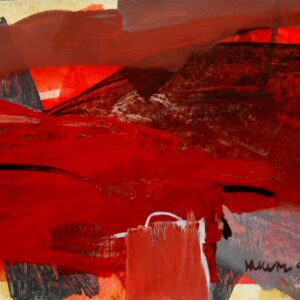Om Parkash Pusam
Om Parkash Pusam
- Title: Untitled
- Medium: Pen & ink on paper
- Dimensions: 13.9 × 11.0 inch
- Title: Untitled
- Medium: Pen & ink on paper
- Dimensions: 13.9 × 11.0 inch
₹2,500.00
1 in stock
Gond Art Large, often overlapping or composite motifs rendered in striking colours and filled with patterns that tell stories of centuries-old beliefs make Gond a unique Birds and animals seated in the shade of a tree with their heads within its lower branches; two Deers with a common head and antlers that emerge like branches of a tree. Birds meshed into the form of a grain container. Birds and animals gathered around the bana, a sacred string instrument, an elephant with wings joyously flying in the blue sky. A Mahua tree with a parrot, tiger, and boar as if emerging from its base. These expressions merging the revered, the real, the mythological and the imagined are the hallmarks of Gond Art. With the outlines of individual and composite forms rendered in flowing lines, each image brought alive with striking colours and filled with patterns, the paintings amaze the viewer with their composition,patterns, colours, creativity and the centuries-old and contemporary stories they tell. And it is their singular beauty that has fascinated art lovers in India and across the world. Gond artists belong to the Pardhan sect of the Gond tribe, one of the largest indigenous communities of Central India, living in parts of Southeast Madhya Pradesh and adjoining areas in Chattisgarh. Traditionally, the Pardhans were bard-priests and from a young age learnt Gond rituals along with myths, legends, and historical events that they narrated during ceremonies. It is this rich oral knowledge (that they inherited and passed down generations) along with the natural world around them that Gond artists draw inspiration from.The origins of Gond painting, now rendered on paper and canvas, are traced to the digna-a pattern made on the floor and walls of home sand courtyard. In 1980s, artists like Jangarh Singh Shyam began painting on paper, and were soon painting dynamic and wondrous compositions filled with small patterns and striking colours drawn from Gond oral narratives. Jangarh Singh Shyam established his own style; made Gond art portable as it came to be worked on paper, cloth, and canvas with pen and ink as well as acrylic paint and established the Gond idiom of painting. He then encouraged his family and other members of the Pardhan community to paint in their individual styles.


